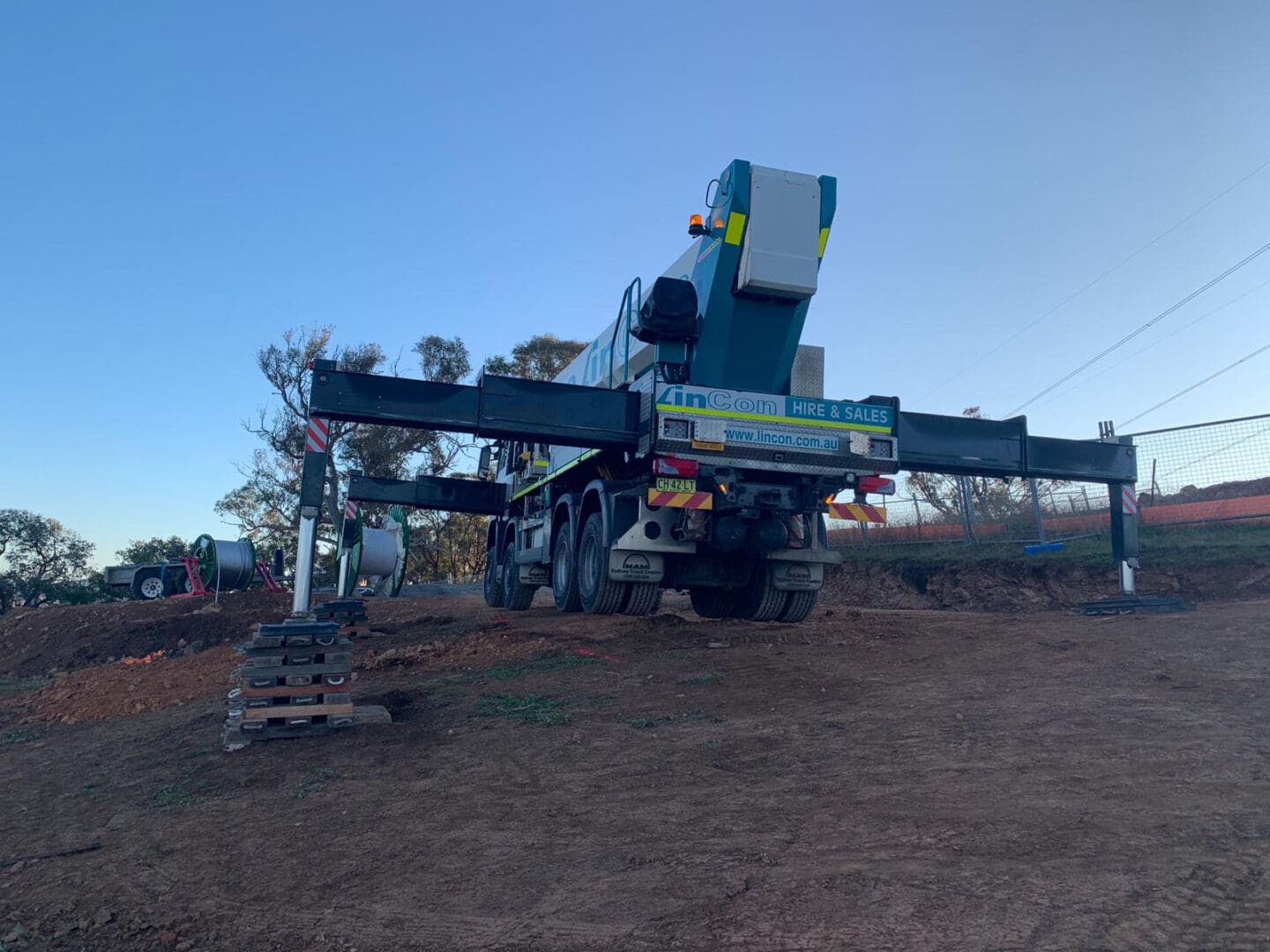Bucket trucks, also known as aerial work platforms, are commonly used in the construction and maintenance industry. These trucks have a hydraulic lift which allows workers to work at heights with ease. While these trucks are extremely useful, they can also be very dangerous if not used properly. In this blog, we will discuss some bucket truck safety tips that will help keep workers safe while using this equipment.
- Proper Training Before operating a bucket truck, workers must be properly trained on its operation and safety measures. They should be trained on how to operate the controls, how to safely enter and exit the bucket, how to use the harness and lanyard, and how to recognize hazards.
- Inspections Bucket trucks should be inspected before each use. This includes inspecting the controls, the bucket, the harness, and the hydraulic system. Any issues should be addressed immediately before the truck is used.
- Proper PPE Workers using bucket trucks should always wear the proper personal protective equipment (PPE), including hard hats, safety glasses, high-visibility clothing, and non-slip shoes. In addition, workers should use a full body harness and lanyard when working in the bucket.
- Load Capacity Bucket trucks have a load capacity that should never be exceeded. Before using the truck, workers should know the load capacity and ensure that it is not exceeded. Overloading the truck can cause it to tip over, which can be extremely dangerous.
- Stability Bucket trucks should be set up on a stable surface before use. Workers should check the ground for stability and avoid using the truck on slopes or uneven surfaces.
- Weather Conditions Bucket trucks should not be used during severe weather conditions such as high winds, lightning, or heavy rain. These conditions can make the truck unstable and increase the risk of accidents.
- Communication Workers using bucket trucks should be in constant communication with each other. This can be done through hand signals or two-way radios. Communication is especially important when moving the truck, extending the boom, or operating the controls.
- Emergency Procedures Workers should be trained on emergency procedures in case of an accident or equipment failure. This includes knowing how to safely exit the bucket, how to shut down the truck, and how to administer first aid.
In conclusion, bucket truck safety is crucial in the construction and maintenance industry. By following these safety tips, workers can operate the equipment safely and avoid accidents. Proper training, inspections, PPE, load capacity, stability, weather conditions, communication, and emergency procedures should be followed at all times to ensure worker safety.
____________________________________________________________
About Blade Platforms – Aerial Platform Rental, Mobile Elevated Working Platform Rental in North America
If you have been searing “aerial work platform rental near me” with no luck so far, you are in the right place. Our specialists will provide aerial work platform operator training so you get the most out of our equipment. Reach out to Blade Platforms today to get started.
Over the last 30 years we have proven in Europe that MEWPs/AWPs are the safest and most efficient way aerial height access. Since 2009 this concept is finally available here in the US. We have transformed the aerial lift industry by owning, leasing and operating a reliable fleet of MEWPs/AWPs in North America. Our fleet consists of top-of-the-line truck-mounted aerial platforms ranging from 108 feet to 336 feet and tracked spider lifts ranging from 50 feet to 165 feet.



